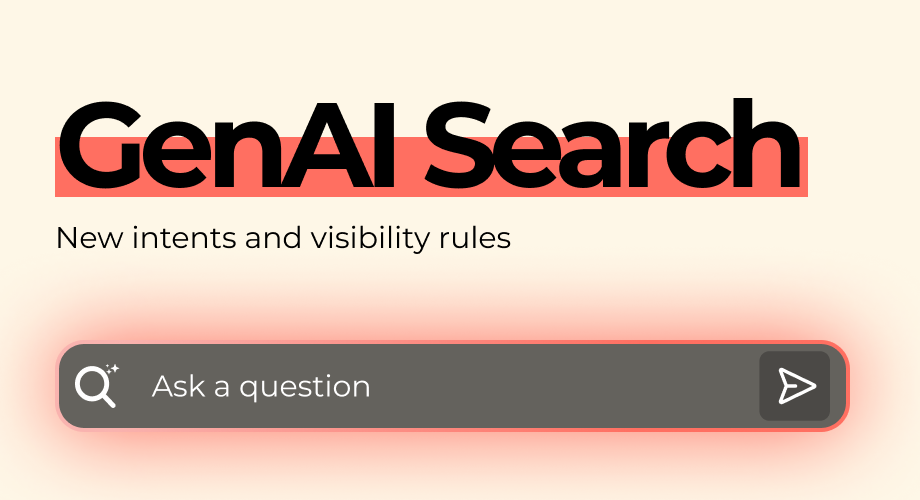To launch a successful online advertising campaign, you need a clear ad campaign checklist that helps you avoid wasted budget and start optimizing performance from the very beginning. Whether you’re just getting started with performance advertising or already managing large-scale campaigns, knowing the core steps before launch will set a strong foundation for long-term results. In this guide, we’ll walk through six essential items to review before starting your next ad campaign and help you build momentum from day one.
1. Ad Creatives and Call-to-Action.
Effective campaigns begin with engaging and relevant creatives. Your audience makes a quick decision based on visual appeal, the clarity of the message, and the value you communicate. Use headlines that speak directly to a specific need or challenge. Visual elements should be easy to recognize in a crowded environment, and the call-to-action (CTA) must clearly indicate the expected next step (e.g., “Subscribe”, “Try for free”, or “Download now”).
Studying competitor ads in your niche helps identify winning creative patterns and gives you ideas on how to highlight your unique value proposition.
2. Budget, Bids, and Campaign Limits.
Smart budget allocation is a key element of campaign optimization. Very high or too-low bids can affect your ability to generate actionable data and delay the learning process.
Start with moderate bids that reflect average CPMs or CPCs in your vertical. Set a daily limit that allows the algorithm to collect enough impressions and conversions to establish a stable baseline. A total campaign budget that covers at least seven days of traffic will help reveal valuable trends and unlock optimization opportunities. In most cases, budgets below $500 do not provide enough meaningful data unless you operate in a highly specific niche.
3. Targeting Settings & Geo Strategy.
Many campaigns underperform because the targeting is too broad or not accurately defined. A precise audience strategy is much more effective and helps reduce traffic waste. Break down your targeting by devices and browsers so you can analyze performance for each configuration individually.
Launching with a wide geographic scope may increase reach, but it often includes users who are not engaged with your offer and drives higher acquisition costs. Starting with a single geo, or a group of closely related geos, generates cleaner conversion data and supports long-term optimization.
Placement data should also be regularly updated since changes to advertising platforms can affect delivery patterns. Reviewing geo-specific conversion rates allows you to quickly find high-performing regions and focus your ad spend where it matters the most.
4. Blacklists & Whitelists.
Historical data from previous campaigns is extremely useful for performance advertising. Blacklists help eliminate low-quality inventory and protect your budget, while whitelists built from high-performing placements give you proven delivery sources that tend to convert better.
To keep this method effective, revisit and refresh both blacklists and whitelists regularly, as traffic patterns on ad networks change over time.
5. Time Zone Alignment & Delivery Schedule.
Scheduling your campaigns at the right time is a crucial part of ad campaign optimization. Time zone configuration directly affects when your ideal audience will see the ads. For example, if you’re targeting Asian users but your ad account is set to UTC+0, a delivery window of 09:00–18:00 UTC may serve impressions late at night for the actual user base.
Begin with broader delivery windows to gather initial signals and then refine the schedule once engagement patterns become clear. Keeping the schedule flexible during the launch phase often leads to better data quality and stronger campaign performance over time.
6. Conversion Tracking & Data Attribution.
Reliable conversion tracking is essential for understanding which ads and placements are actually driving results. Without clean attribution data, you can’t fully evaluate campaign effectiveness or make confident decisions when optimizing bids or expanding geos.
Install the tracking pixel or postback before your campaign goes live and verify that every conversion event is firing correctly. Connect all traffic sources to your tracker in order to get a complete overview of impressions, clicks, and conversions. This level of transparency allows you to continuously optimize and scale the campaign based on real, actionable insights.
Final Reminder: Patience + Analytics = Long-Term Growth.
Every advertising campaign needs time to develop consistent performance signals. Even if you follow every step in this ad campaign checklist, initial results may fluctuate during the first few days. Allow the campaign to run for at least seven days before reviewing its performance. Once you start noticing positive trends, refine your bids, targeting, and creatives — and reinvest in the top-performing segments.
Use this ad campaign checklist to unlock sustainable campaign optimization and improve your performance advertising results. Start your next ad campaign with AdOperator and turn your launch into measurable, data-driven growth.


